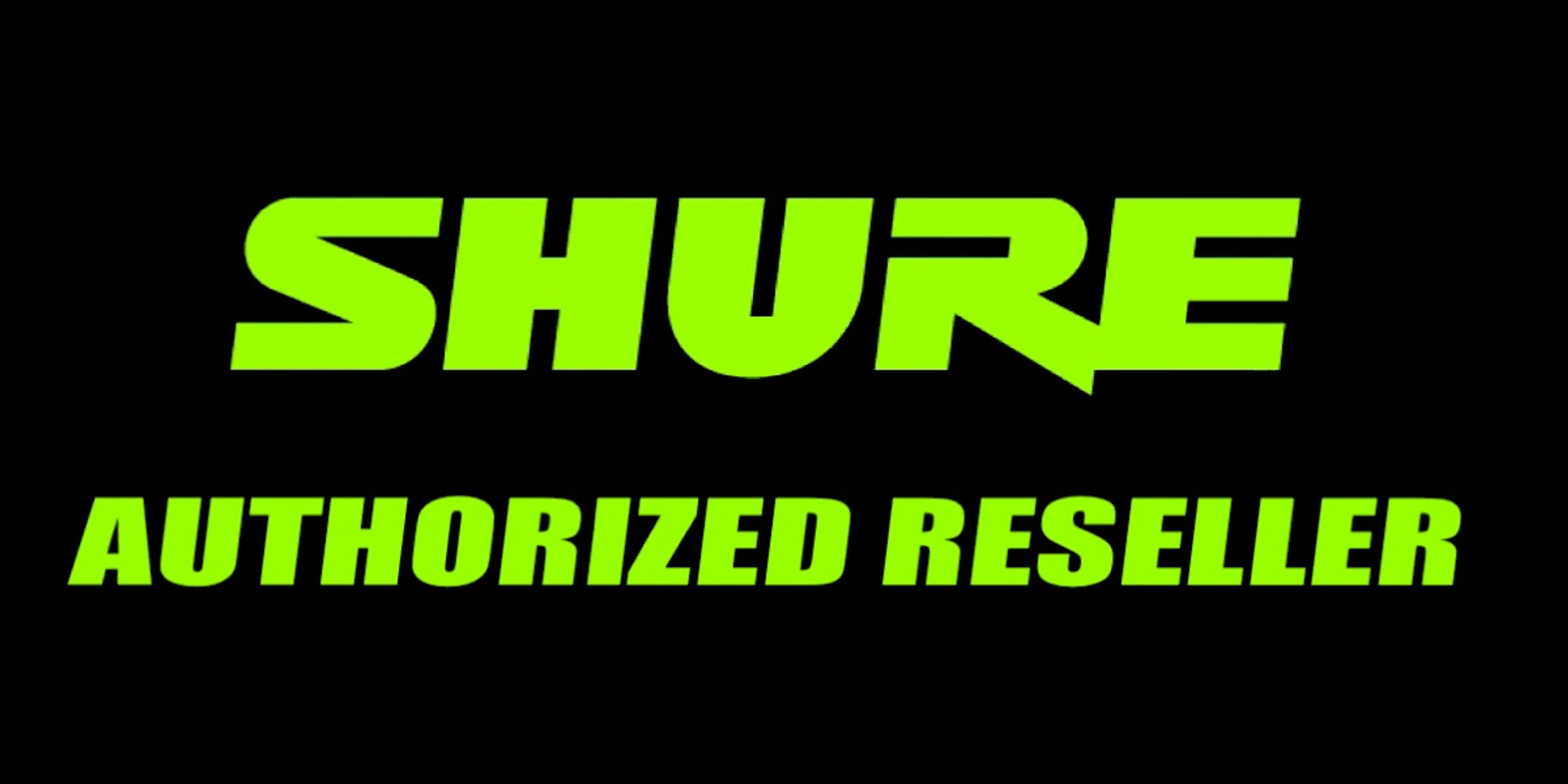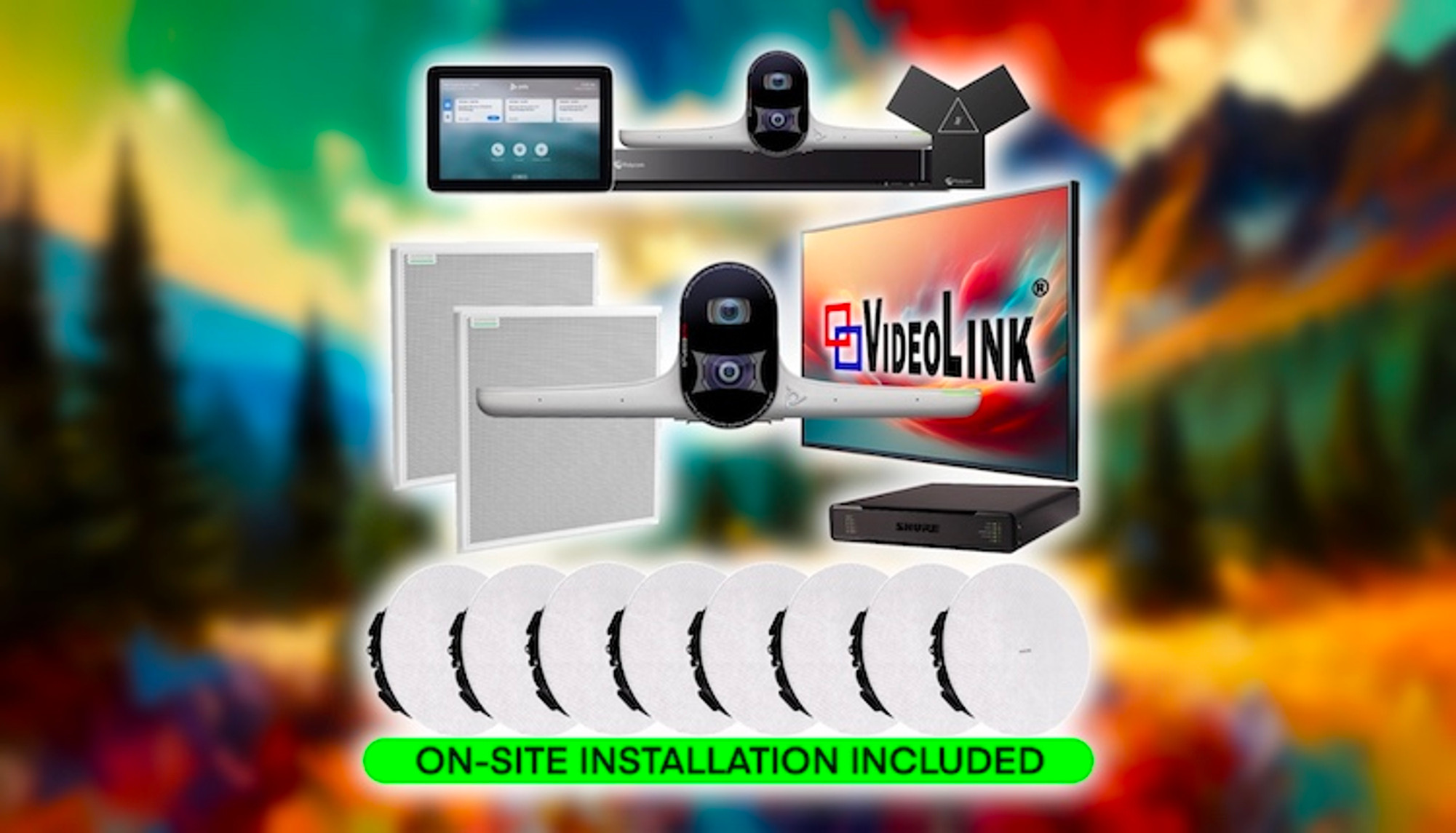Video Conferencing Security: Best Practices to Protect Your Business
In an era where digital communication is indispensable, safeguarding confidential business interactions has become paramount. Video conferencing, a cornerstone of modern business operations, is not exempt from cybersecurity threats. VideoLink is committed to empowering businesses with secure video conferencing solutions. This blog delves into best practices that ensure your business communications are protected, fostering a secure and trustworthy digital environment.
Ensuring Secure Video Conferencing: Best Practices
Regular Software Updates
- Stay Updated: Regularly update video conferencing software to patch vulnerabilities and enhance security features.
- Automate Updates: Enable automatic updates where possible to ensure timely application of security patches.
Use Strong Authentication Methods
- Multi-Factor Authentication (MFA): Implement MFA to add an extra layer of security, verifying user identities beyond just a password.
- Unique User IDs: Assign unique user IDs for meeting participants to control access and monitor attendance.
Manage Meeting Controls
- Waiting Rooms: Utilize waiting rooms to vet participants before granting access to the meeting.
- Meeting Lock: Lock the meeting once all expected participants have joined to prevent unauthorized access.
Secure Data Transmission
- End-to-End Encryption: Ensure your video conferencing solution supports end-to-end encryption, securing data from unauthorized interception.
- Secure Network Connections: Use Virtual Private Networks (VPNs) to encrypt data transmission, especially when connecting from public or unsecured Wi-Fi networks.
Educate and Train Your Team
- Awareness Training: Conduct regular cybersecurity awareness training for employees to recognize and mitigate potential threats.
- Best Practices Guidelines: Develop and distribute guidelines on secure video conferencing practices, including password management and identifying phishing attempts.
Choose a Trusted Video Conferencing Provider
- Reputable Providers: Select a video conferencing solution from a provider with a strong track record of security and privacy.
- Compliance Standards: Ensure the provider complies with global cybersecurity standards and regulations relevant to your industry.
Conclusion
At VideoLink, we understand the importance of secure digital communication. By adopting these best practices, businesses can significantly enhance the security of their video conferencing interactions, protecting against cyber threats and ensuring the integrity of their communications. Secure video conferencing is not just a feature; it's a necessity for safeguarding your business in the digital age. Contact us to learn more about how our secure video conferencing solutions can empower your business to communicate with confidence and safety.
Recent Posts
-
VideoLink: Your Authorized Shure Reseller
VideoLink is proud to be your trusted Authorized Reseller of Shure products, serving a diverse clien …Apr 16th 2024 -
Product Spotlight: [REFRESHED] Mobile Video Conferencing Cart (Teams, Google Meet, Zoom, BYOD, and more) COMPLETE SOLUTION
Introducing the Next Generation of Mobile CollaborationDiscover the cutting-edge [REFRESHED] Mo …Apr 5th 2024 -
Product Spotlight: Elite LARGE Boardroom COMPLETE SOLUTION
Redefining Large Boardroom DynamicsTransform your large boardroom into a beacon of advanced communic …Apr 2nd 2024



![Product Spotlight: [REFRESHED] Mobile Video Conferencing Cart (Teams, Google Meet, Zoom, BYOD, and more) COMPLETE SOLUTION Product Spotlight: [REFRESHED] Mobile Video Conferencing Cart (Teams, Google Meet, Zoom, BYOD, and more) COMPLETE SOLUTION](https://cdn11.bigcommerce.com/s-tt1cdl8d7a/images/stencil/2001x1701/uploaded_images/refreshed-mobile-cart-complete-solution.jpg?t=1712340594)
